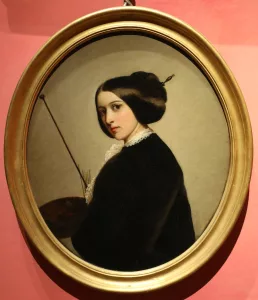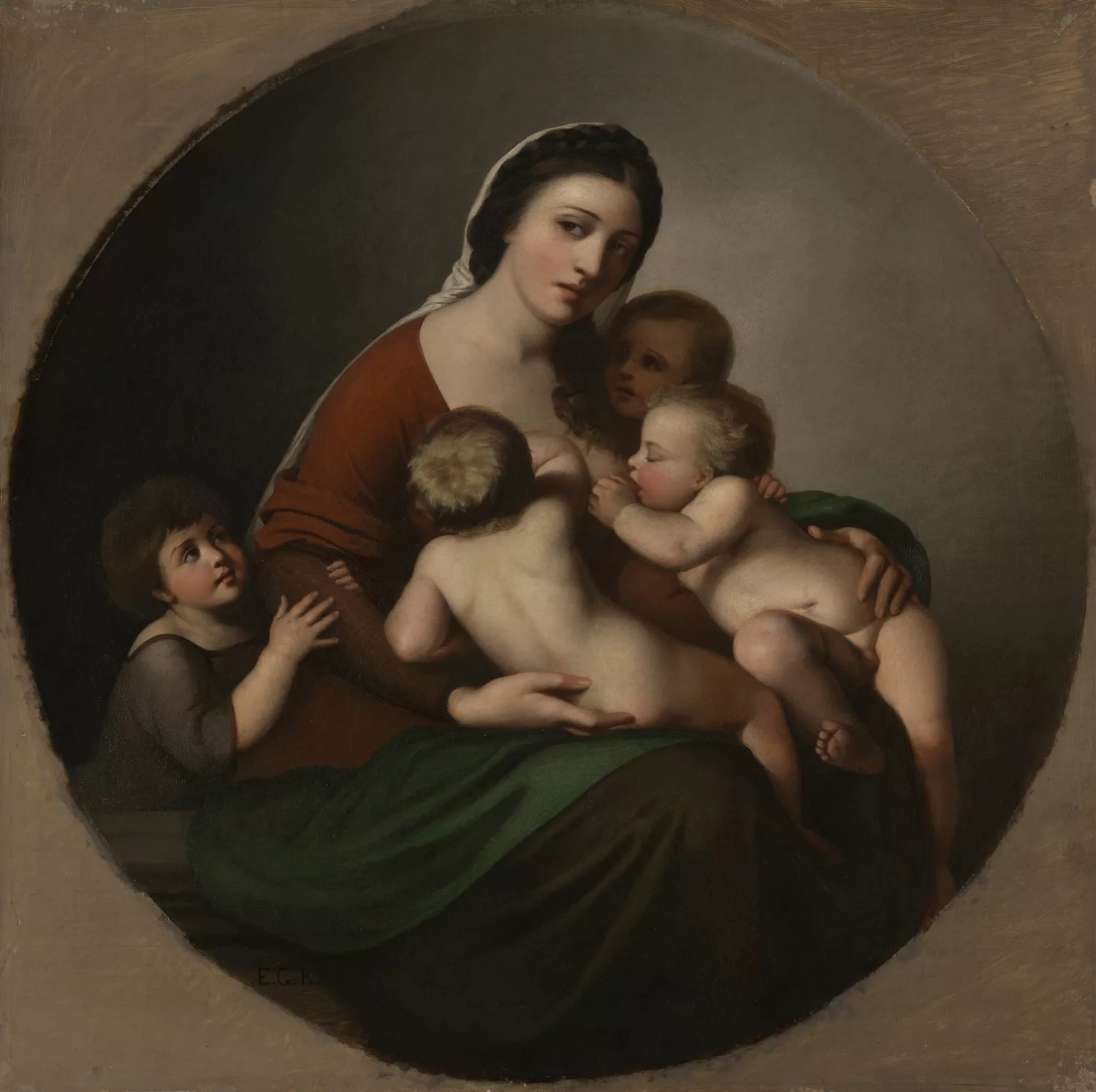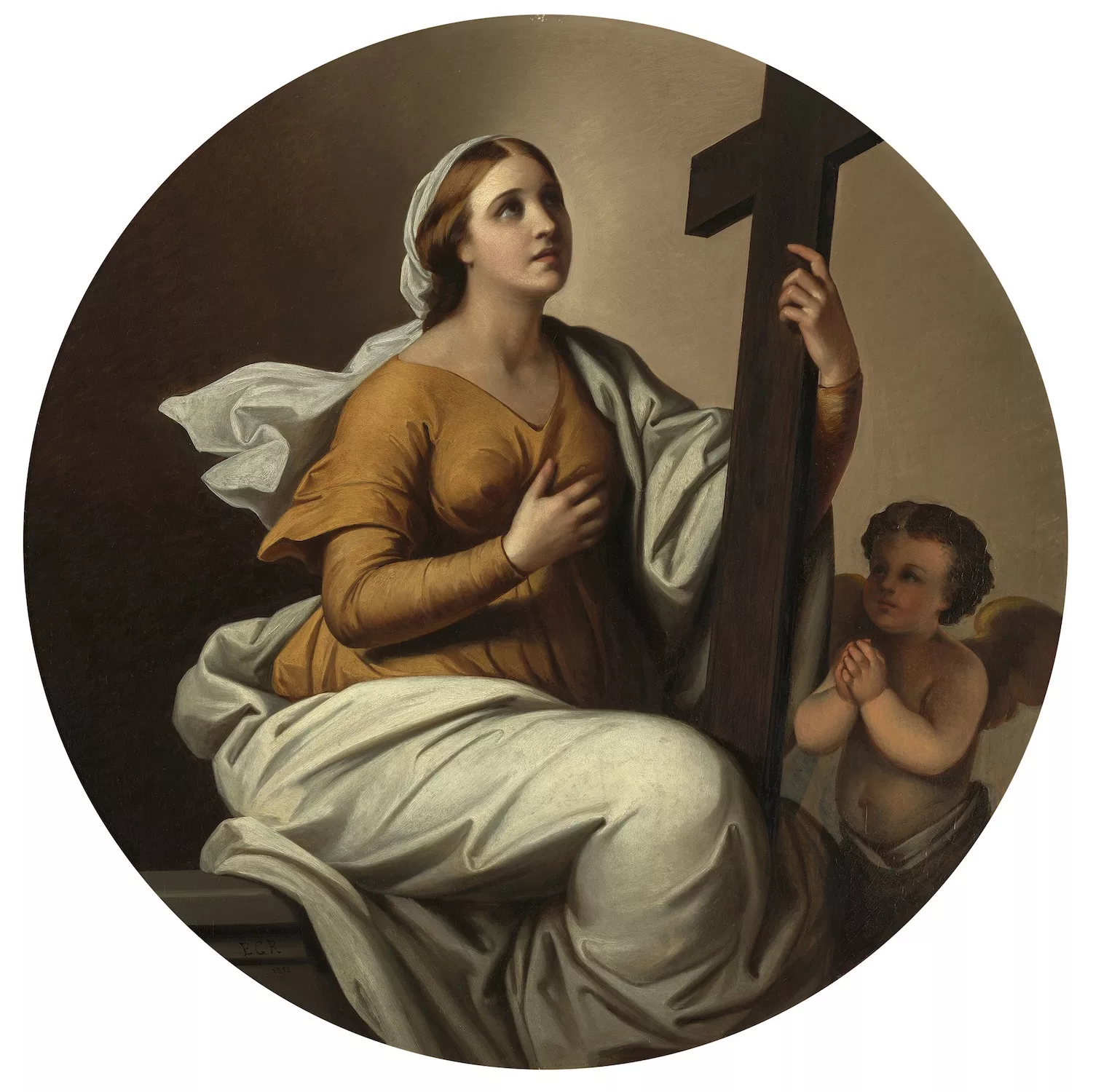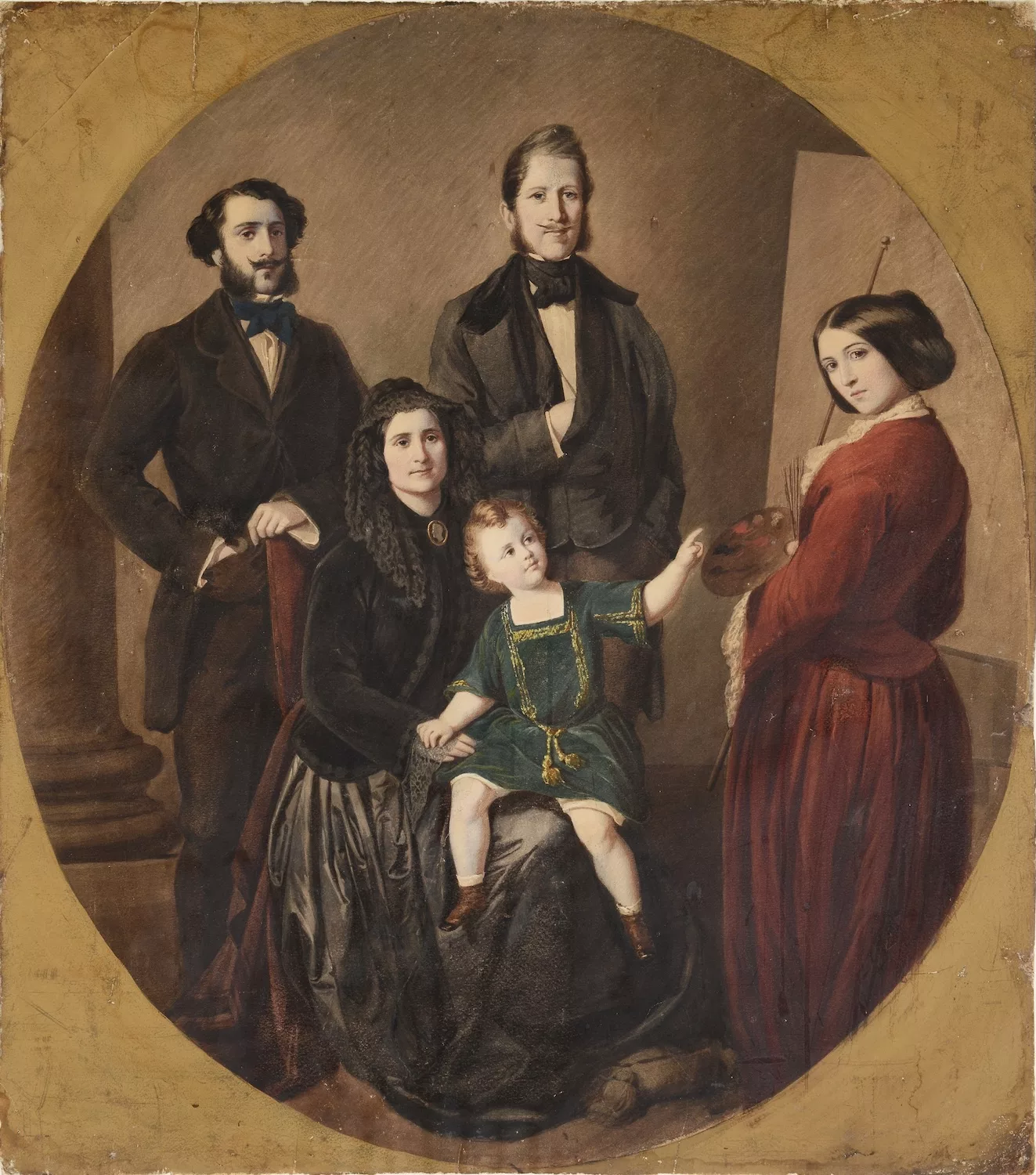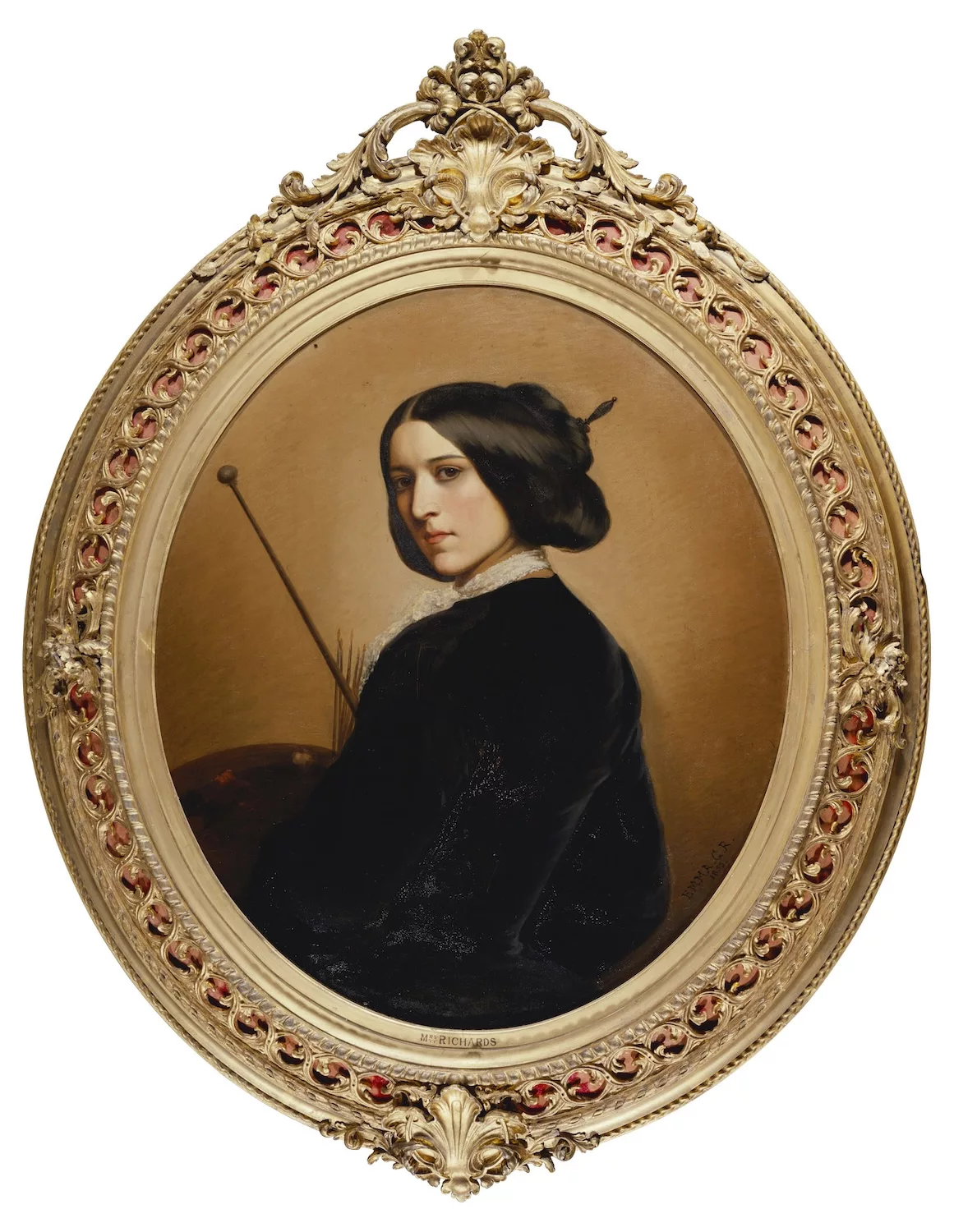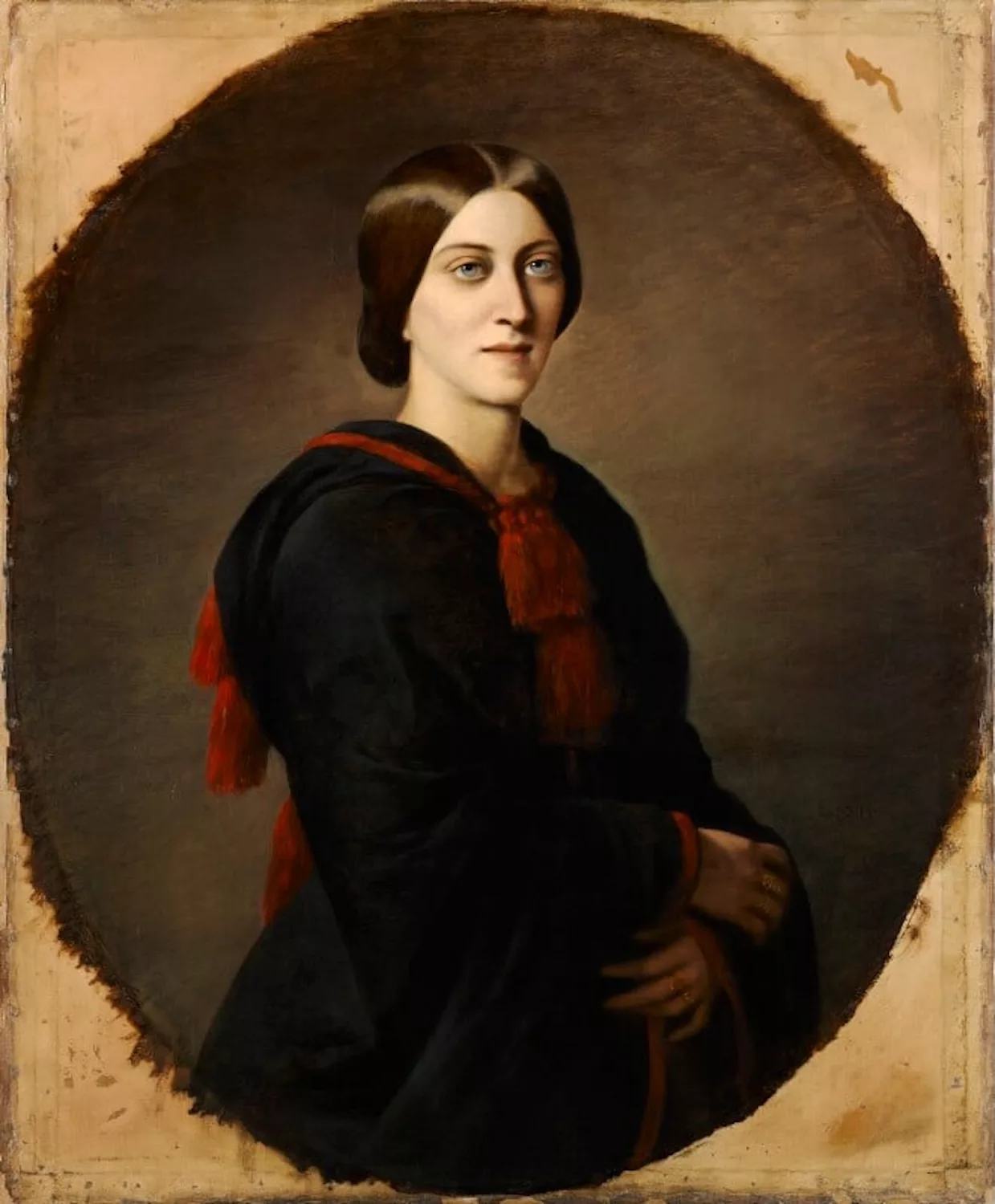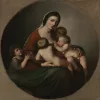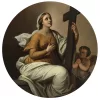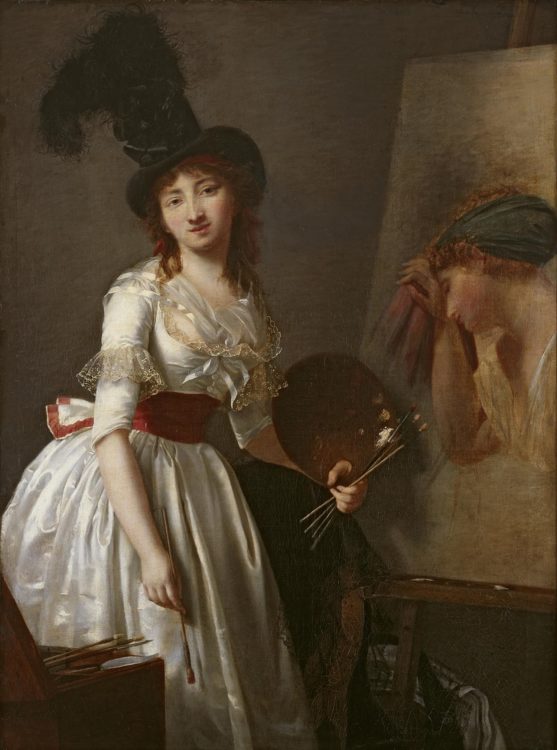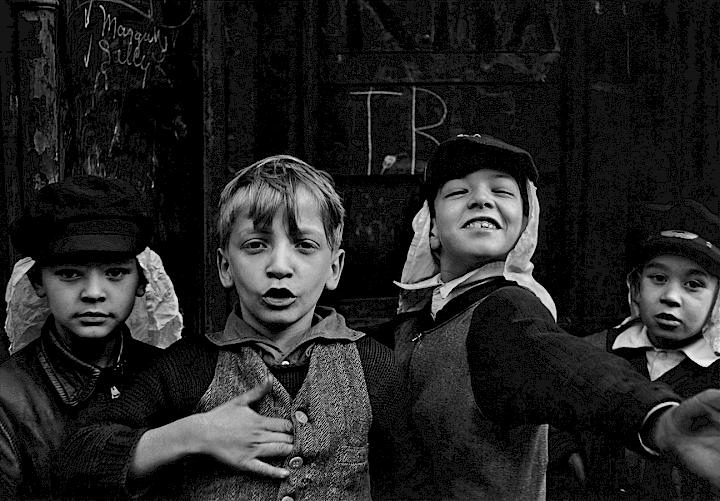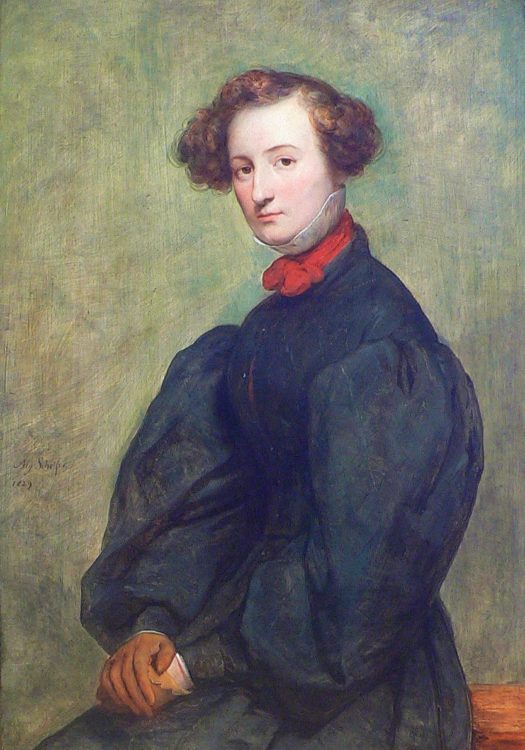Emma Gaggiotti (Richards)
D’Agostino M., in Ilaria Miarelli Mariani, Raffaella Morselli (eds.), with Ilaria Arcangeli, Roma Pittrice. Artiste al lavoro tra XVI e XIX secolo [Rome Painter. Female artists at work between the 16th and 19th centuries], exh. cat., Museo di Roma – Palazzo Braschi, Rome [October 24 2024 – March 4, 2025], Rome, Officina Libraria, 2024, pp. 256-257
→Giusti G., Da Rosa Bonheur a Emma Gaggiotti Richards: storia di una identità ritrovata nella raccolta degli autoritratti degli Uffizi [From Rosa Bonheur to Emma Gaggiotti Richards: the story of an identity rediscovered in the Uffizi’s self-portrait collection], in Tra archivi e storia [Between archives and history], 2018, II, pp. 707-731
→Orioli G., Museo dell’Ottocento: Emma Gaggiotti Richards [Museum of the Nineteenth Century: Emma Gaggiotti Richards], in Studi romani [Roman studies], II, 1953, pp. 163-176
Roma Pittrice. Artiste al lavoro tra XVI e XIX secolo [Rome Painter. Female artists at work between the 16th and 19th centuries], Museo di Roma, Palazzo Braschi, Rome, October 24 2024 – March 4, 2025
Italian painter.
Emma Gaggiotti (Richards) was amongst the few Italian women artists of the 19th century to attain international recognition during her lifetime. She began her training in Ancona under the Purist painter Nicola Consoni (1814–1884) and later refined her technique in Rome in the studio of Tommaso Minardi (1787–1871), one of the leading figures of the Purist movement. Her early presence in the Roman artistic milieu is recorded in the memoirs of Francesco Hayez, who mentioned drawing her during a stay in the city. A further sign of their connection is F. Hayez’s now-lost Portrait of Angiolina Gaggiotti (1834), a depiction of the artist’s mother.
Known in Rome not only for her artistic gifts but also for her patriotism, E. Gaggiotti was appointed by the war commission to raise funds in support of Italian troops during the Risorgimento. In 1848 she married the British journalist Alfred Bate Richards and moved to London, where she quickly gained access to the elite artistic circles of the time. She very readily became attached to the poetess Adelaide Anne Procter, a member of the British court, whom she portrayed by perfectly depicting her lively, sagacious gaze.
Her works were exhibited at the Royal Academy of Arts in 1851, where her Portrait of a Lady caught the attention of Queen Victoria. The monarch commissioned a self-portrait from the artist, completed in 1853 and today preserved in the Royal Collection (RCIN 408920) with five other paintings representing different allegories. Another self-portrait, long misattributed to Rosa Bonheur (1822–1899), was correctly identified as E. Gaggiotti’s after a restoration in 2010 uncovered her signature; the painting is now in the Galleria Palatina in Florence, in the section dedicated to self-portaits.
E. Gaggiotti’s international reputation continued to grow. Her paintings, imbued with a refined and classically inspired sensibility, caught the interest of Prince Albert and, later, of the future German emperor William I, who became her principal patron and commissioned numerous works. Thanks to his support, she also painted a portrait of Napoleon III. During the 1850s, she moved to Berlin, where she portrayed several prominent figures. However, following the death of William I in 1888, her relationship with the court waned, and she returned to Italy.
Despite her years abroad, E. Gaggiotti remained closely tied to Rome. In 1853, the writer Quirino Leoni mentioned a Portrait of the Gaggiotti Family that she had sent to a friend in the city, a gesture of affection and connection to her roots, as it seems to suggest the choice of colors for the national flag in the clothing of the effigies (Rome, Museo di Roma, Gabinetto delle Stampe, MR 45594). She resided on Via Gregoriana in the early 1870s, and was admired in both artistic and literary circles – as evidenced by poems dedicated to her by Q. Leoni in 1855 and Giuseppe Gioachino Belli.
After a life spent between Ancona, Rome, London, Berlin and Florence, E. Gaggiotti (Richards) ultimately settled in Velletri, where she died in 1912. Her long and cosmopolitan career bridged national boundaries and cultural traditions, offering a remarkable example of female artistic achievement in the 19th century.
In collaboration with the Museo di Roma – Palazzo Braschi as part of AMIS: AWARE Museum Initiative and Support
© Archives of Women Artists, Research and Exhibitions, 2025


